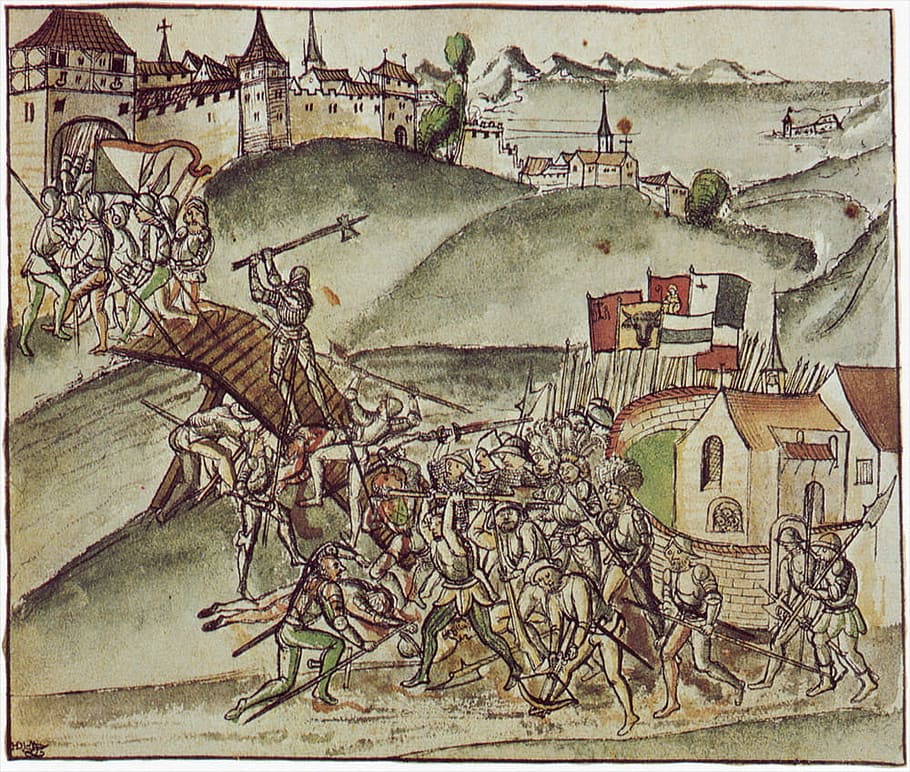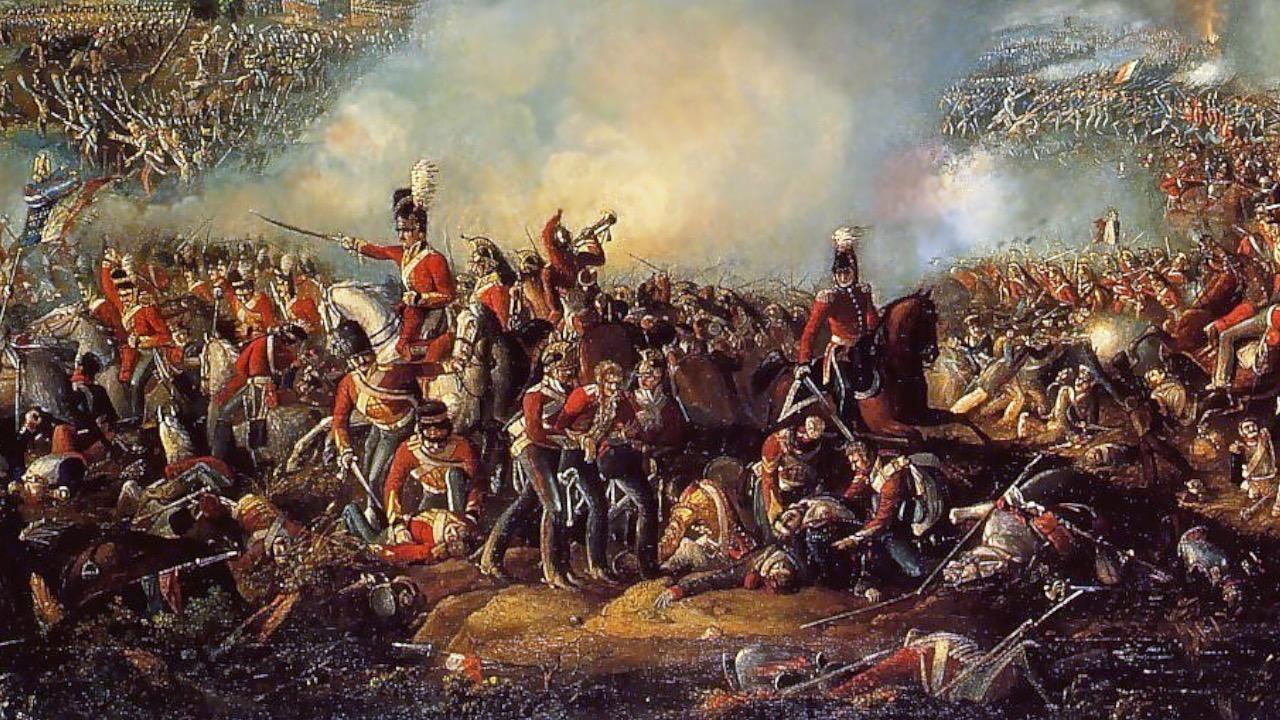

This trend continued and rather evolved by the early middle ages, with more potential recruits being available from the newly formed landowners and free men. It should be noted that even by later stages of the Roman Empire, the military organization had largely separated from the state, with provincial governors, aristocrats, and commanders recruiting their own chosen bodyguards. In essence, this pushed forward their perceived superior social status within the realm, while also making them crucial for military gains – thus creating an interrelated system where the warrior became attached to the revenues generated from the land. However by the 7th century AD, the Western Roman Empire had already dissolved, and the ‘barbarians’ now found themselves at the helm of ‘ready to grab’ lands and pastures.Īs a reactionary measure for both political and military control, these newly found kingdoms initiated social reforms (or at least adaptations) that put the landholding class at the fore of military campaigns. Barbarian Origins of Knights?īy the later part of the disintegrating Roman Empire (a process which took place over centuries), the perceived ‘barbarians’ like Franks and Goths were given the responsibilities of military affairs, while the detached ‘Romans’ only played their crucial roles in administrative and financial institutions. In that regard, it is rather interesting to know that the feudal structure of then-contemporary Europe mirrored the Persian empire of the Achaemenids in their later ages. In contrast, the medieval knight was the dominant force in the European battlefield roughly from the 11th century to the 15th century, and thus both battle results and societal changes were dictated by their rising power and martial prowess.

HISTORIC MEDIEVAL BATTLEFIELDS PROFESSIONAL
Simply put, the Roman social elites were militarily supported by disciplined and paid infantry forces – and thus battle results were mostly dictated by such professional legionaries (as opposed to cavalry). For example, while the equestrians mainly offered leadership roles on battlefields, the knights belonging to the middle ages also bore the brunt of the fighting. So while some nascent aspects of knighthood were possibly influenced (in a latent manner) by the Romans, there were also differences between the two, especially in combat and military affairs. In fact, as Robert Jones points out (in his book Knight the Warrior and World of Chivalry), there were many parallels between the so-called knightly class and the Roman ‘equestrian’ class, with their social status being equated to fighting on horses, their hierarchy within the society as political elites, and their capacity to produce leaders and ‘officers’ for the respective contemporary forces.īut of course, this doesn’t necessarily mean that the Roman equestrian plainly evolved into the medieval knight – as such a scope would be an oversimplification. To that end, the ordo (or order) of knights harks back to a period that was far older than the established clergy of the middle ages. Now the knight of the middle ages was naturally not a unique creation of that particular period, but he was rather a result of centuries of influence and evolution that marked the social and military changes in Europe and even Asia. Chivalry and Contradictions The Roman Connection to Knights.From Brawls to Organized Spectator Sports.Catching On With The Latest Fashion Was A Tough Job.Final Evolution of the Medieval Knight Was Possible Due to Internal Strifes.

Obviously, in this article, we will cover the martial scope of these warriors/social elites, and thus by ‘medieval knight’ we would denote the European knights of the middle ages who shared overlapping attributes in (mostly) military affairs. In essence, the role of a knight extended far beyond the battlefield and ranged into seemingly mundane avenues like petty judges, political advisers to even glorified farmers (at least in the initial years of the 11th century). In fact, the very term ‘medieval knight’ is a pretty generic one, and their roles across the realms and fiefs of Europe differed considerably, especially when it came to the administrative and land-holding side of affairs. Now while the reality is not far from this imagery, there was historically more to the scope of knighthood than just mowing down the ‘lesser’ infantrymen in battlefields of the middle ages. Whenever we talk about a medieval knight our reveries cling on to the resplendent image of a chivalrous warrior incredibly armored from head to toe, while being mounted atop a great warhorse.


 0 kommentar(er)
0 kommentar(er)
